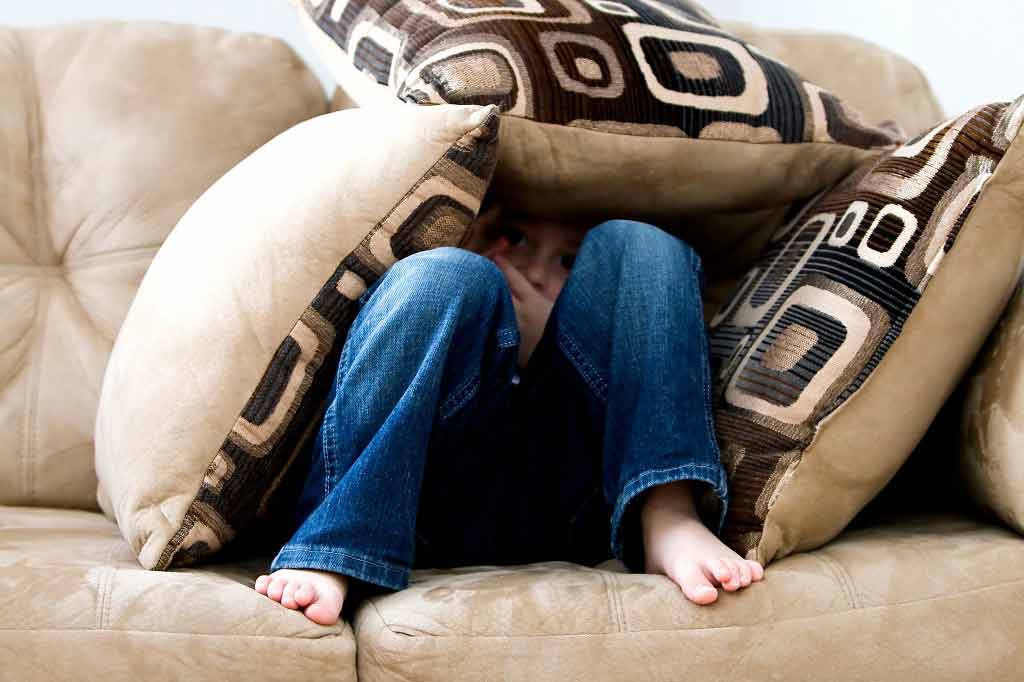Acupuncture may ease back pain
Medical practice
A study has shown that acupuncture provides more relief for lower back pain than other medications or physiotherapy, reported The Daily Telegraph and other newspapers.
A study has shown that acupuncture provides more relief for lower back pain than other medications or physiotherapy, reported The Daily Telegraph and other newspapers. Treatment using the “ancient Chinese technique of acupuncture is better at reducing back pain than more conventional treatments”, The Telegraph said. The newspapers said that even sham or fake acupuncture, where needles are put into the wrong places, has been shown to be almost as effective. The Times said: "The results indicate that both acupuncture and sham acupuncture act as powerful versions of the placebo effect.”
The reports are based on a German study of chronic back pain where conventional treatments were compared with true and fake acupuncture. The study findings are in contrast to those of other studies and systematic reviews in this area and highlight a need for further long-term research into acupuncture as an alternative therapy to verify these findings.
Where did the story come from?
This study was conducted by Dr Michael Haake and colleagues of University of Regensburg, Philipps-University Marburg, Ruhr-University Bochum, and Centre for Clinical Acupuncture and Research, in Germany. The study received funding from German public health insurance companies and it was published in the peer-reviewed medical journal Archives of Internal Medicine.
What kind of scientific study was this?
This was a double blind randomised controlled trial to compare true and fake acupuncture with conventional treatment for patients with chronic lower back pain.
This multicentre trial involved 1,162 patients who suffered from chronic back pain for over six months (average time eight years), and had not had previous acupuncture treatment. Practitioners in 340 different outpatient settings performed the acupuncture. The patients received ten 30 minute sessions, twice a week, and an additional five sessions if required, of either:
- true acupuncture (needles inserted into the correct positions and to the correct depth according to Chinese methods),
- fake acupuncture (avoiding the correct points and only superficial needle insertion), or
- guideline-based conventional therapy (sessions with a doctor or physiotherapist, including anti-inflammatory or other medications up to recommended doses).
Telephone interviews were conducted at six weeks, three months and six months to determine the response to treatment. Neither the patient nor the person interviewing was aware of which treatment the patient had received.
What were the results of the study?
At six months of follow-up 47.6% people in the true acupuncture group responded to treatment, reporting a marked reduction in pain. In the fake acupuncture group 44.2% responded and in the conventional treatment group 27.4% responded. There was no difference in rates of bad side effects of treatment between any of the groups.
What interpretations did the researchers draw from these results?
The researchers concluded that acupuncture was superior to conventional treatment, with about double the response rate. This was the case whether true or fake acupuncture was used. They say that this suggests that the emphasis on learning traditional Chinese acupuncture points may be unnecessary. They conclude that acupuncture gives “a strong therapy alternative to … conventional therapy”.
What does the NHS Knowledge Service make of this study?
This trial seems to support the role of acupuncture as an effective alternative therapy for chronic lower back pain. There are some points to consider when interpreting the conclusions:
- The study was carried out in multiple different treatment centres by many different practitioners; therefore the treatments given, particularly in the conventional treatment group, may have varied between the patients.
- This study only looked at people with chronic mechanical lower back pain; it did not examine people with spinal fractures, past spinal surgery or pain related to other medical conditions.
- It only examined the effects of treatments after six months, not for an extended period. It is unclear whether the benefits seen lasted over a longer period.
- Patients in this study were aware that they were involved in a trial of acupuncture and that all would receive acupuncture after the study ended. As the patients volunteered for the study themselves, it is likely that they may have had positive attitudes to acupuncture at the outset and may have been more likely to view the treatments as being successful.
- Although blinding was carried out, it is unclear how those in the conventional group could not know that they had not received acupuncture.
- People who had received acupuncture before this study were not included, so participants were sufferers of chronic back pain for whom conventional treatment had not previously worked. The placebo effect is likely to be playing some part for those people responding to acupuncture.
This study highlights the need for further examination into the use of acupuncture for chronic back pain. It will be important to try to tease apart the real treatment effects from those that occur through the placebo effect (the perceived improvement to health not attributable to a treatment). This information will then help guide the use of particular acupuncture techniques.
Sir Muir Gray adds...
This is a subject which is of endless fascination to researchers. The complementary and alternative medicine section of the National Library for Health has 23 papers, many of them not single studies but reviews of multiple studies.
The evidence? There is still not universal agreement but acupuncture is very low risk and many people report significant benefit.






 Subscribe
Subscribe Ask the doctor
Ask the doctor Rate this article
Rate this article Find products
Find products








